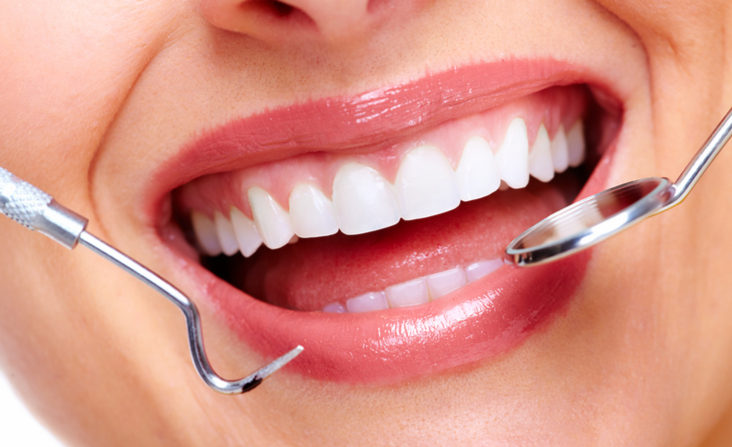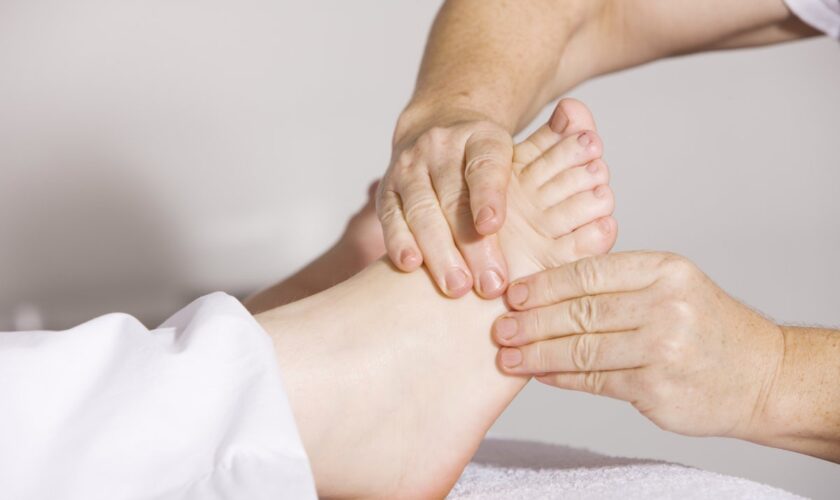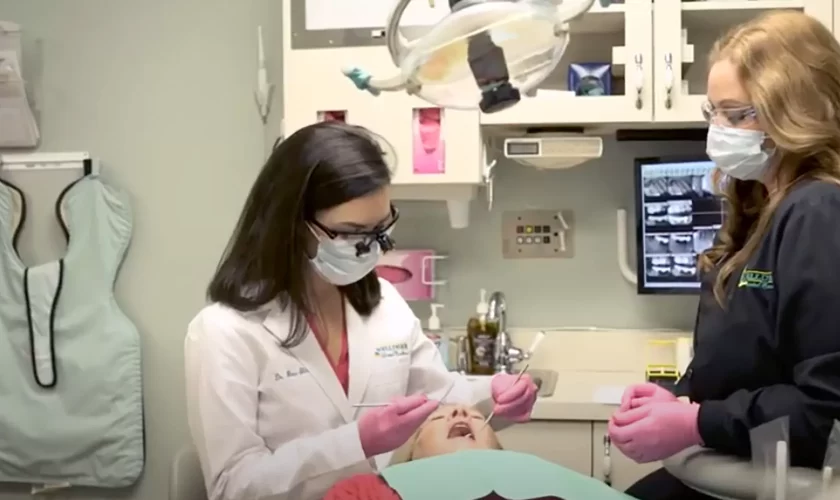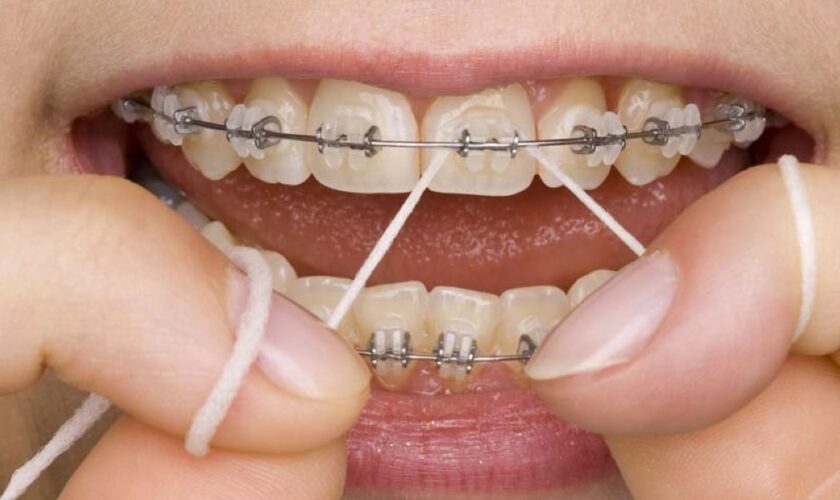The push for cannabis legalization was powered in a large-part by those favoring the medicinal benefits. Studies have always shown that cannabis produces a range of desirable effects, helping manage pain and other symptoms. Today, cannabis use is also being considered for its potential benefits to mental health!
Psychology and associated functions have always been a point of concern. Many have come to realize that their lifestyles might just be too stressful to sustain. Certain biological and genetic factors may also make mental concerns more likely, and potent. While counseling remains the single-best choice for any mental health concern, it’s worth considering complementary treatment options!
This is where Cannabis comes in. According to a reputed Egg Harbor Township Cannabis Dispensary’s website, a good chunk of products sold focus on improving sleep. This indicates that consumers have already begun exploring the wide use of cannabis in mental health. Here’s a detailed breakdown for your reference…
Anxiety Relief
A notable benefit of cannabis is its ability to alleviate anxiety. Certain strains of cannabis, particularly those high in cannabidiol (CBD), have been shown to reduce anxiety levels significantly. CBD interacts with the body’s endocannabinoid system, which regulates mood, sleep, and appetite, among other functions. By promoting a sense of calm and relaxation, cannabis can help reduce the symptoms of anxiety disorders, such as generalized anxiety disorder (GAD) and social anxiety disorder (SAD).
Coping with Stress
Stress is a common issue that affects mental health and overall well-being. Cannabis can be an effective way to manage and cope with stress. The cannabinoids in cannabis, particularly tetrahydrocannabinol (THC) and CBD, work together to produce relaxing effects that help reduce stress levels. By interacting with the brain’s receptors, cannabis can modulate the body’s stress response, leading to a calmer and more balanced state of mind. Regular use of cannabis in controlled doses can help individuals better handle daily stressors.
Improved Sleep
Quality sleep is essential for mental health, and cannabis can play a significant role in improving sleep patterns. Insomnia and other sleep disorders are often linked to stress, anxiety, and other mental health issues. Cannabis, particularly strains high in CBD and indica-dominant strains, can promote restful sleep by inducing relaxation and reducing the time it takes to fall asleep. Additionally, cannabis can enhance the quality of sleep by increasing deep sleep phases, which are crucial for restorative rest.
Mood Enhancement
Cannabis is known for its mood-enhancing properties, making it a popular choice for individuals seeking to improve their emotional well-being. The euphoric effects of THC can elevate mood and create a sense of happiness and well-being. This can be particularly beneficial for those dealing with depression or mood disorders. CBD also contributes to mood regulation by promoting a sense of calm and reducing feelings of anxiety and stress. By improving mood, cannabis can help individuals feel more positive, motivated, and engaged.
Help with Managing PTSD
Post-traumatic stress disorder (PTSD) is a severe mental health condition that can significantly impact an individual’s quality of life. Cannabis has shown promise in helping manage PTSD symptoms, such as flashbacks, nightmares, and severe anxiety. The cannabinoids in cannabis interact with the endocannabinoid system to modulate fear and anxiety responses, providing relief from the intense symptoms of PTSD. Many PTSD patients find that cannabis helps them feel more in control of their symptoms and improves their overall quality of life.
The deciding factor when linking cannabis with mental health is quality. To see the desired effects, it’s always best to purchase from a reputed cannabis dispensary. These locations take pride in what they sell, dedicating a lot of time and energy in product curation. Simply ask the staff for assistance with a specific concern, and you’re sure to find a product that can help!








